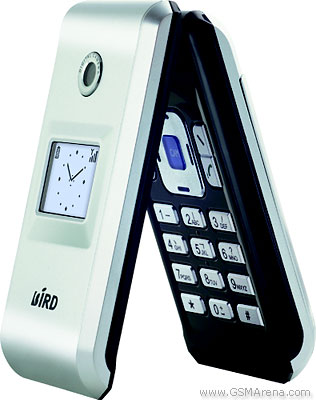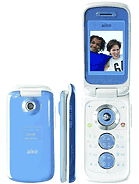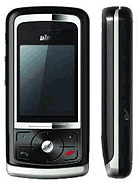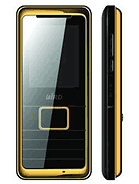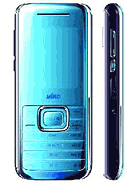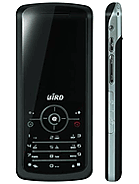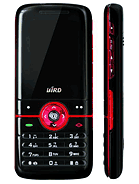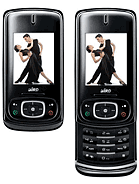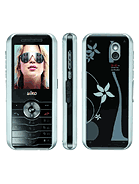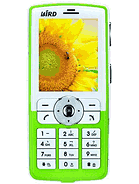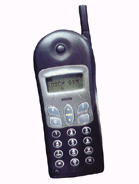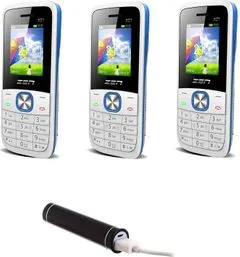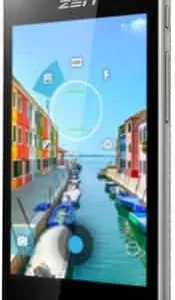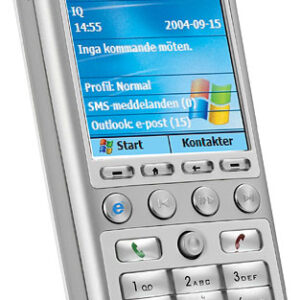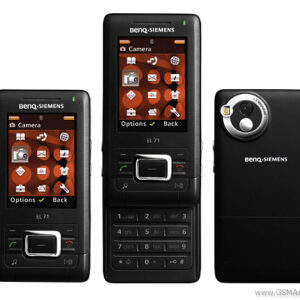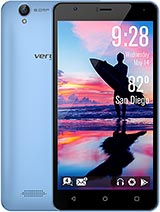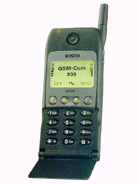Bird A130 Overall Review
The Bird A130, launched in the fourth quarter of 2004, is a product of its era, characterized by its basic functionality aimed at the entry-level segment of the mobile phone market. This device sports an STN display capable of displaying 65K colors, which was fairly standard for budget phones at the time. While not offering the clarity and vibrancy of modern displays, it was sufficient for the phone’s primary functions, such as calling and texting.
Powered by a modest 670 mAh battery, the A130’s endurance was typical for the period, providing enough power to get through a couple of days on light usage. The phone’s feature set was focused on simplicity, with storage and performance tailored to essential tasks without the capabilities expected in today’s smartphones.
Connectivity in the Bird A130 was limited to the basics, with no internet access or advanced multimedia features. This focus made it a reliable tool for users seeking a phone for voice communication and SMS, without the complexity or cost associated with more advanced devices.
Bird A130 Pros and Cons
Pros:
- Simple and easy-to-use interface, ideal for users seeking basic functionality.
- Compact and lightweight design, making it easy to carry.
- Sufficient display quality for basic tasks, with 65K color support.
Cons:
- Very limited functionality with no support for internet connectivity or multimedia applications.
- Modest battery life by current standards, requiring regular charging.
- Lacks the features and capabilities expected by modern users, making it unsuitable for those looking for more than a basic phone.
